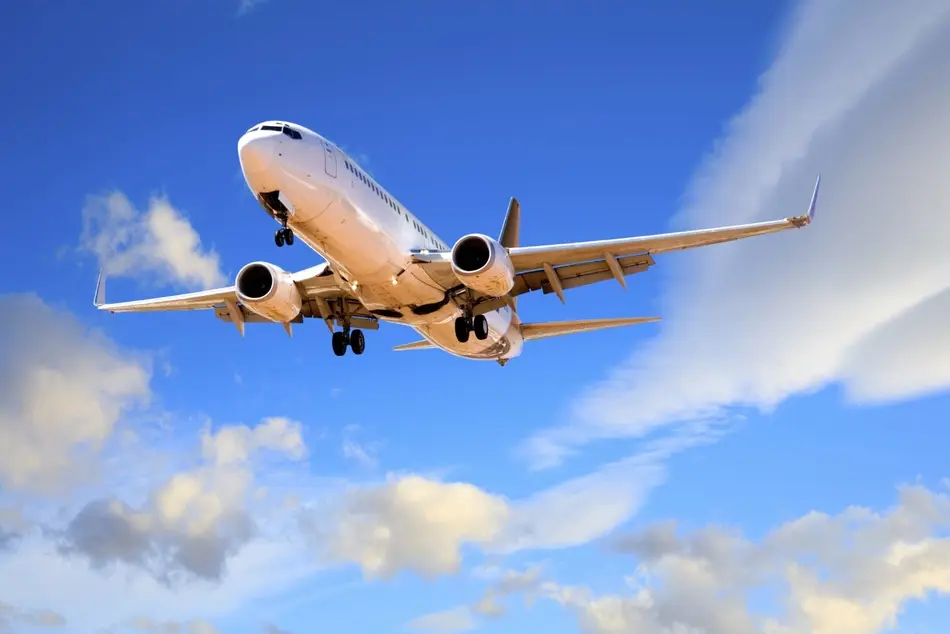FAA Expands Restrictions Around DCA
The FAA has temporarily banned all mixed helicopter and fixed-wing flying along the Potomac River near Ronald Reagan Washington National Airport (DCA), taking extreme measures to eliminate the risk of another mid-air collision.

The FAA has temporarily banned all mixed helicopter and fixed-wing flying along the Potomac River near Ronald Reagan Washington National Airport (DCA), taking extreme measures to eliminate the risk of another mid-air collision.
Restrictions put in place two days after the Jan. 29 collision of an American Airlines CRJ-700 and an Army UH-60L Black Hawk limited helicopter operations in a designated area over and around DCA to essential flights—first responders, active air defense missions, and presidential transport.
A temporary flight restriction (TFR) issued late Feb. 4 expanded the limitations to prohibit civil traffic in the restricted area when helicopters are there. The limits, in place through at least March, effectively require pausing all DCA departures and arrivals when helicopters are nearby.
“The mix of helicopter and fixed-wing aircraft operating in the affected area at the same time will not be permitted,” the FAA notice to air missions containing the TFR said.
It is not clear how DCA operations will be affected. But the sharp restrictions on types of helicopter missions should significantly reduce the volume of rotary-wing activity in the TFR area, limiting ramifications for commercial air traffic.
Protocols governing mixed flying are among many factors the NTSB is exploring to help piece together how the mid-air collision happened and what will prevent a similar occurrence. Investigators have confirmed that the collision between American flight 5342 and the Black Hawk took place at 300 ft at the intersection of a designated helicopter flight path, route 4, and the approach path of DCA’s runway 33. Helicopter traffic on that portion of route 4 is supposed to stay below 200 ft.
While the apparent altitude deviation may have played a role in the accident, investigators are expected to look at more far-reaching factors. The FAA’s extreme TFR suggests these will include all aspects of helicopter operations on the routes around DCA.
Despite years of operations without anything close to the flight 5342/Black Hawk disaster, plenty of signs pointed to risks linked to helicopters operating near DCA. The NASA-managed Aviation Safety Reporting Systems database has more than 40 reports dating back to the 1990s that reference problems with helicopters and commercial flights maintaining safe separation.
Despite these and the existence of the route 4/runway 33 approach path intersection, little was done to highlight risks or improve situational awareness.
Commercial pilots that operate in and out of DCA are provided with a special, general advisory covering the airport’s unusual characteristics.
A version reviewed by Aviation Week covers eight pages. It discusses the Washington D.C. area’s congested airspace, further constricted by its proximity to Prohibited Area 56 (P-56), the heavily restricted airspace over downtown Washington, including the White House. And while it references military operations, it neither discusses helicopter flying specifically nor references their routes.
Airport-specific flight manual supplements provided by airlines are similarly quiet on helicopter operations. One major carrier’s supplement reviewed by Aviation Week discusses DCA’s unique River Visual approach that snakes south down the Potomac to Runway 19, highlights P-56 for awareness, and has a section on the runway 33 approach procedure. The runway 33 guidance highlights “numerous” towers and other obstacles along the Potomac’s east bank. Helicopter operations and routes are not covered.